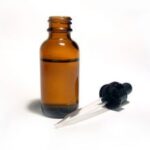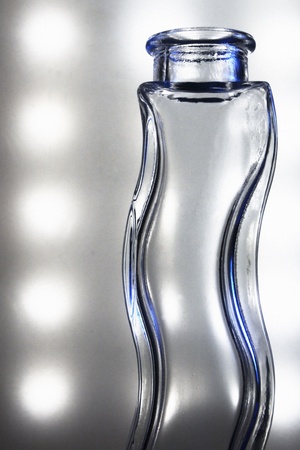I use to own and run an aromatherapy website and through newsgroups, clubs, and questions sent to our email, I have seen that there are several questions that seem to be asked over and over. These seem to be the top questions most beginners in aromatherapy ask.
· #1. How can I tell if they are real essential oils?
Essential oils should be sold in dark glass bottles. Read the back of the label. If it says ‘ready for use’ or ‘diluted for use’, then there is a good chance that the essential oil has been diluted with vegetable oil. If all the essential oils available are the same price, again, there is a good chance that the oils have been diluted with a vegetable oil. Open a bottle and smell. Essential oils have good, strong scents. Ask the owner if the oils are guaranteed. If they won’t take an oil back, then don’t buy it. Never be afraid to ask questions about where an oil is from.
· #2. How many drops of essential oils do I use?
First of all, when following a recipe, NEVER increase the number of drops used. You can always decrease, but should never increase. A standard dilution is 2.5%, or simply put you add about 7 drops per tablespoon, 12-13 drops per 2 tablespoons, 25 drops for 2 fluid oz. of carrier oil and about 50-60 drops for 4 oz. of carrier oil.
· #3. What are carrier oils?
Essential oils are very strong. They should never be applied directly to the skin or ‘neat’ unless directed by an aroma therapist or doctor. There are a few exceptions to that rule that include lavender and tea tree essential oils. Carrier oils are used to ‘carrier’ the essential oils. You add essential oils to them and then apply to the body. They lubricate, nourish and soften the skin as they help hands to glide over the body.
· #4. What are the most commonly used essential oils?
We did a whole survey at a couple of newsgroups to get quite a good list for this one. We posed the question, “If you could only choose 10 essential oils, what would you choose?” The results were amazing! Out of all the oils that are available, 15 essential oils kept coming up. They were lavender, chamomile (tied with bergamot), tea tree, peppermint, eucalyptus, rose, geranium (tied with patchouli), rosemary and clary sage. Very close behind were cypress (tied with sandalwood), jasmine and ylang ylang. According to an article done by Kathi Keville and Mindy Green, the 10 basic essential oils that any aromatherapist needs are “lavender, chamomile, marjoram, rosemary, tea tree, cypress, peppermint, eucalyptus, bergamot, and rose geranium.
· #5. How can I tell if I am allergic to an oil?
Testing for essential oil sensitivity is highly recommended..and easy! Simply take a cotton q-tip and apply 1 drop of the essential oil in question to the inside of your elbow or wrist. cover with a band-aid and wait 24 hours. If there is not a rash/bumps/redness, then you can safely use the oil.
· #6. How much is a tablespoon? How do I convert my measurements to yours?
The recipes submitted by Robin Michell use USA standards. Our tablespoon is about 15 ml. (Hello Australia! Your recipes not working as well as they should? Your tablespoon is 20 ml. That’s 1 whole teaspoon MORE than ours!). 1 teaspoon = 1/3 tablespoon or 5 ml. 1 tablespoon = 1/2 fluid oz. = 3 teaspoons or 15 ml. 2 tablespoons = 1 fluid oz. or 30 ml. 1/4 cup = 2 oz. or 60 ml. 1/2 cup = 4 fluid oz. or 120 ml.
If you enjoyed this article, please look for my other articles on aromatherapy…and share them with your friends!



